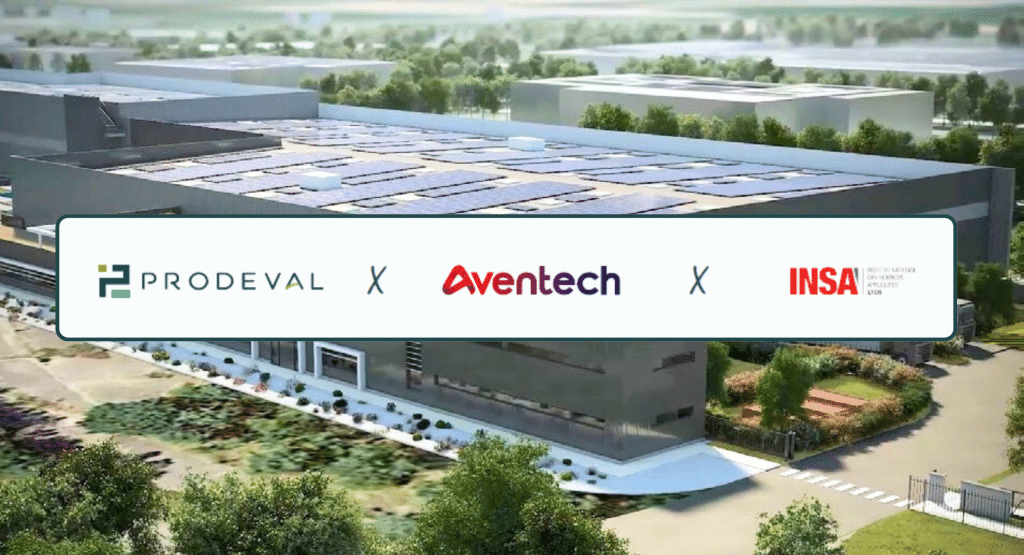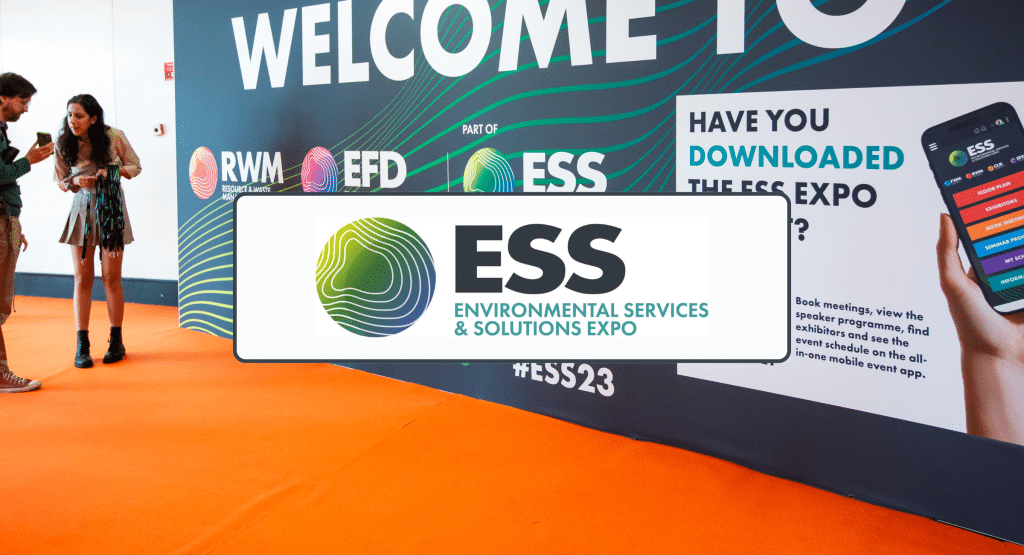The Efficiency of the WAGABOX® Technology

The Efficiency of the WAGABOX® Technology in Treating Landfill Biogas with Highly Variable Quality
By Waga Energy US
The potential for RNG production from landfill sites is significant. Landfills are the second-largest source of biogas in Europe, producing 23 TWh in 2022, equivalent to 13% of total biogas production, representing a key renewable energy resource . A 2023 study estimates that French landfills could generate up to 2.6 TWh of biomethane annually by 2030. However, the highly variable composition of landfill gas presents challenges for its efficient conversion into grid-compliant biomethane.
The WAGABOX® technology, developed by Waga Energy, was designed to address these challenges. By combining membrane gas permeation and cryogenic distillation, it treats biogas with significant fluctuations in composition and flow rate, influenced by weather and landfill operating conditions.

Data from ten WAGABOX® units over one year shows that methane concentration in raw biogas ranges from 37% to 54.5%, while nitrogen content varies from 2.5% to 29%, depending on atmospheric pressure, temperature, and landfill operations. Despite these fluctuations, WAGABOX® units maintain stable performance. Over 500,000 samples per unit confirm that the biomethane produced remains stable, with a methane recovery rate exceeding 87%, even when nitrogen content reaches 29%.

The WAGABOX® technology efficiently treats biogas despite hourly, daily, and seasonal variations. The units demonstrate high reliability, with a mean uptime rate exceeding 95% and a biomethane quality consistently meeting required specifications, with methane concentrations of at least 96.5%.
Future advances, such as integrating weather-based modeling techniques, could further optimize biogas capture and enhance biomethane production, maximizing its role in the energy transition.
For more information, read our Biogas Efficiency Magazine.






Comments